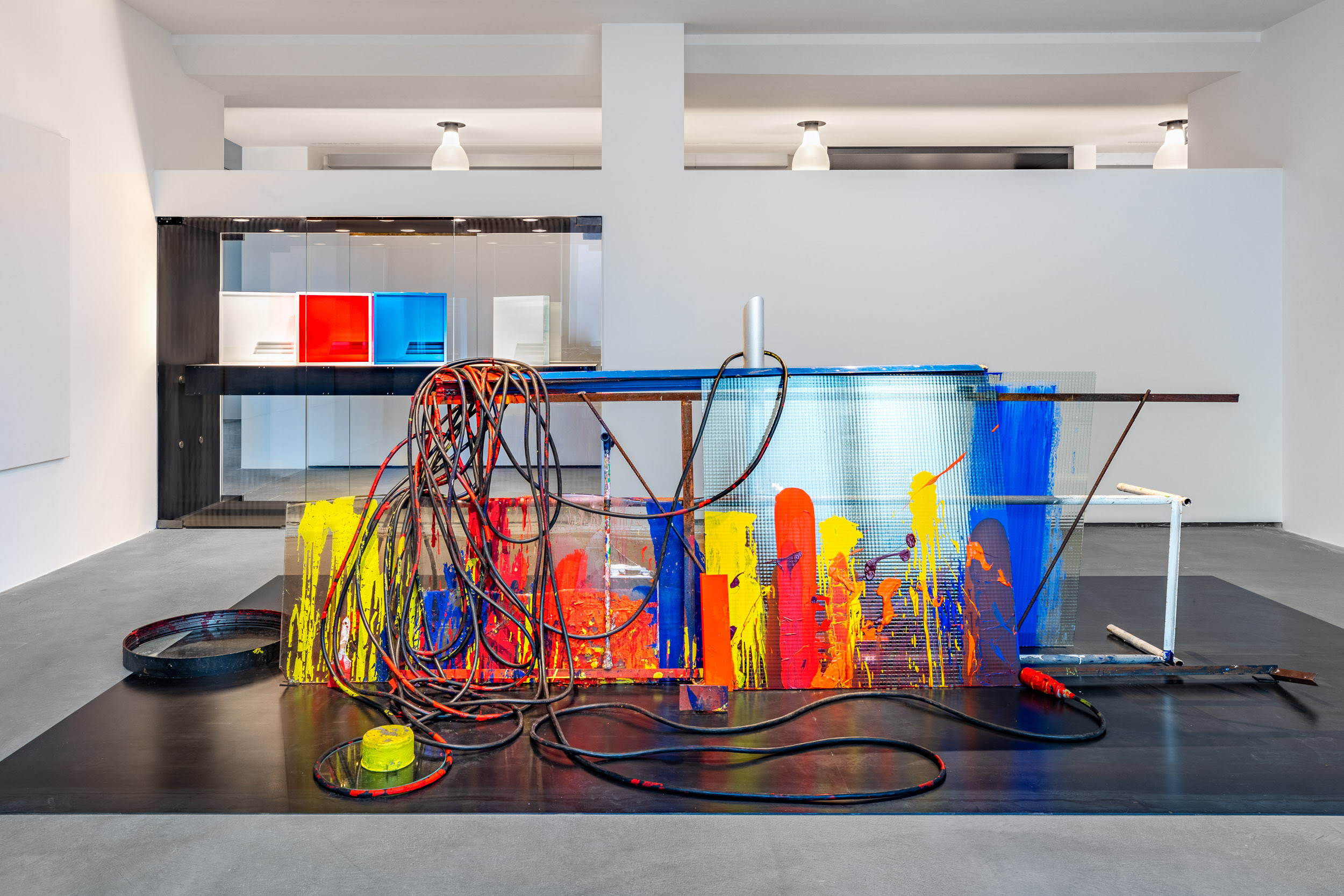
Vetro boemo: i grandi maestri, installation views, ph. Enrico Fiorese

Vetro boemo: i grandi maestri, installation views, ph. Enrico Fiorese
The exhibition Bohemian Glass: The Great Masters, curated by Caterina Tognon and Sylva Petrová, will recount the emancipation of Bohemian glass from its traditional categorization as applied and decorative art, as well as its use in the creation of influential abstract sculptural works in Bohemia (now the Czech Republic) after the Second World War.
At the end of the Second World War, the troubled political, social and economic conditions in Czechoslovakia, which lasted until the fall of the socialist regime in 1989, prompted numerous artists to devote their research to glass craftsmanship. These works, designed by artists and crafted in furnaces by local skilled makers, were presented by the Czechoslovak Communist government at international events such as Expos, Biennials and Triennials. Following the Communist Party’s seizure of power in 1948 and the imposition in Czechoslovakia of an aesthetic model based on socialist realism, a large group of artists devoted themselves instead to studying the characteristics and potential of glass as a medium. They applied innovative technological procedures, newly developed shapes and, above all, contemporary artistic concepts to glass.
The exhibition will focus on the works of six artists who were trailblazers in contemporary sculpture. Born in Bohemia in the first decades of the last century, they were the first to study and use glass to create sculptures, stained-glass windows, architectural structures, installations, and site-specific works. They also pointed many younger generations towards this medium through an intense educational activity in professional schools and art academies.

Vetro boemo: i grandi maestri, installation views, ph. Enrico Fiorese